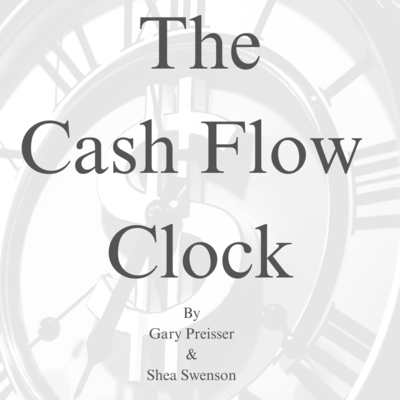The Cash Flow Clock: For Retirees - Book - Page 29

The Cash Flow Clock
This can defeat the purpose of diversification. When income is pulled
from the fixed income (bond) portion of the portfolio, rebalancing
means that the risky portion (stocks) of the portfolio must be
liquidated enough to replenish the bonds. That may be ok if the
market is up. But what if the market just dropped 20% (or more)? Do
we really want to sell out of our stocks when the market is down? Of
course not. Rebalancing makes this decision for us, and it is rarely the
best one.
The Cash Flow Clock keeps our assets for income and our assets for
growth separate. There is still a need for rebalancing, but it should be
based on cash flow needs as well as what is happening in the market.
If the market is up, we may want to harvest our gains by shifting some
of our Risky assets to Lazy or Safe. If the market is down, we may
want to shift some of our Lazy or Safe funds to Risky and “buy the
dip”. The Cash Flow Clock gives us options and the opportunity to
strategically and efficiently manage our account based on actual
market conditions and our individual needs.
4. Time Horizon: This is the one facet of Asset Allocation that is most
in line with the Cash Flow Clock. But it still misses the point.
Different portions of your portfolio have different time horizons.
Asset Allocation attempts to account for all of these all at once - an
impossible task.
The Cash Flow Clock allows us to be more specific with each portion
of the portfolio. This gives us the opportunity to find the best
investment (i.e., the most specific and realistically appropriate) for
each segment of the Clock instead of trying to account for every
possible scenario with a generic portfolio.
25